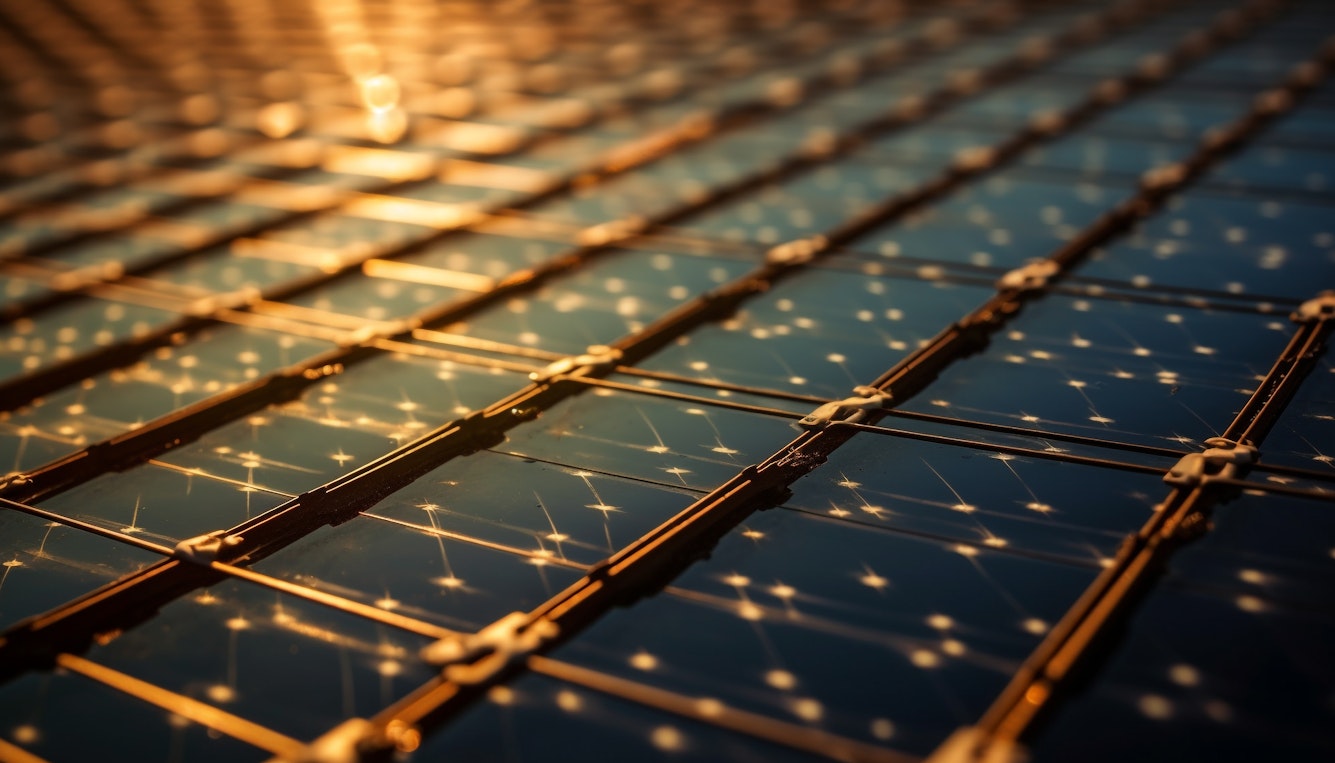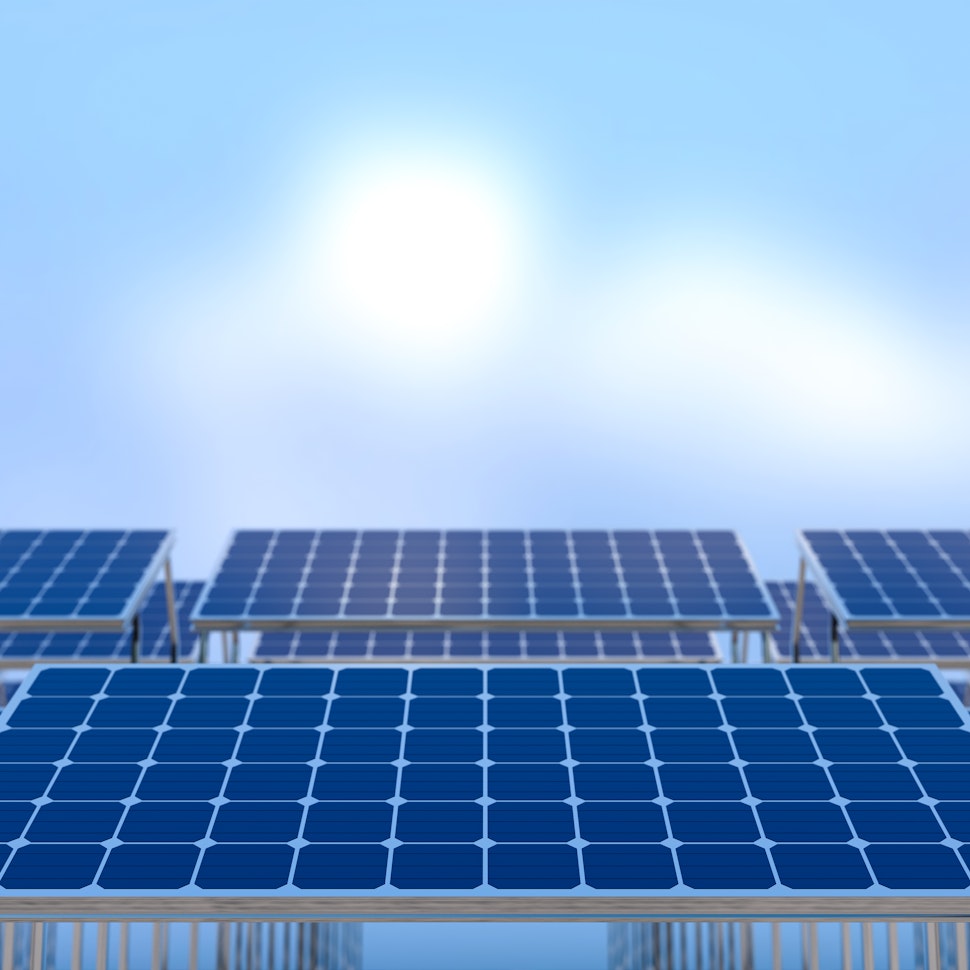- Solar energy blog
- What does the future hold for the price of polysilicon?
What does the future hold for the price of polysilicon?
Explore the factors driving the price of polysilicon in solar markets, from global demand shifts to China's influential role.


Content
Most of the world has accepted that transitioning to green energy is no longer just an option but a necessity. The climate crisis needs to be solved, and solar photovoltaic (PV) energy stands out as one of the most promising solutions in this transition.
However, creating PV modules relies heavily on specific materials whose production rates are affected by prices and supply. Polysilicon is one of those specific materials, and if solar PV is going to be the solution, it will be critically important.
What is polysilicon and what is its purpose in solar production?
Polysilicon is short for polycrystalline silicon, and is a crucial material used in the production of solar panels. The two main types of solar panels derived from silicon are monocrystalline and polycrystalline, and each has benefits over the other.
When raw materials for silicon are collected, the process of refining them into a polycrystalline form is less intensive than the monocrystalline refinement process, making polycrystalline a cheaper option.
Polycrystalline has a grainy structure, and it generally has a speckled blue look due to the many tiny crystals it consists of. Monocrystalline panels, on the other hand, have a consistent black color.
Monocrystalline is more efficient at converting sunlight into electricity, with efficiency rates between 15% and 20%, but its complex production process makes it far more expensive. Polycrystalline panels typically reach efficiencies of about 14% to 16%, but they’re less costly due to their simpler manufacturing method.
The role polysilicon plays in solar energy conversion lies in its semiconducting properties. It allows sunlight or photons to interact with electrons, generating an electric current. This process is referred to as the photovoltaic effect, and this is what forms the basis for solar power generation.
Preparing polysilicon for use in panel construction involves multiple steps. The most crucial stage consists of melting it down into ingots and then cutting these into wafers that are ready for integration into panels. This process isn’t without complexities, however. Toxic chemicals like hydrochloric acid and chlorosilanes are used in this process, and this can potentially generate hazardous waste, including silicon tetrachloride.

Polysilicon price trend
Over recent years, polysilicon prices have seen significant fluctuations. According to BloombergNEF’s chart, the polysilicon price was $17.51 in January of this year, a significant 54% drop compared to the $38.32 peak price from August 2022. This decline in polysilicon prices is mainly attributable to a slowdown in purchases from China and an increase in supply.
This downward price trend isn’t uniform across all markets, however. China is one of the world’s main players in module production, and this is one market where polysilicon prices have been increasing. As of August 2023, while the Global Polysilicon Marker (GPM), a measure of polysilicon manufactured outside of China, had fallen by 6% to land at $28.2 per kilogram, the Mono Grade market within China saw an increase of about 2.57%, reaching CNY73.75 ($10.12) per kilogram.
These contrasting trends indicate how different dynamics are playing out across these two major markets. Reduced demand and increased supply are driving down global prices, while increased demand from big buyers is pushing prices higher within China.
Despite the recent rising prices in China, global polysilicon prices have seen a considerable reduction over the last decade. For example, the cost per watt related to the use of polysilicon in solar panel manufacturing has decreased by almost two-thirds since 2012. This reduction has made manufacturing much more economically viable.
What is affecting this price fluctuation?
The fluctuation in polysilicon prices is complex. It’s an issue that is influenced by a number of different factors, and in many ways, the recent volatility was expected. Aspects such as increasing demand, COVID-19 restrictions, and tariffs imposed by China all contributed to a price increase. However, now that some of these elements have eased and new capacity is coming online, the price is dropping.
This dip in prices has raised some eyebrows among industry insiders, however. Many were left scratching their heads as global producers reduced their prices despite strong demand for polysilicon produced outside of China. The ambiguity surrounding these fluctuations makes it difficult to predict future trends accurately.
Either way, polysilicon’s role in determining solar panel pricing can’t be overstated. Spot market prices, which recently peaked at $45.47/kg, the highest since 2011, are higher than those locked into long-term contracts. This means that companies producing their own polysilicon are at an advantage with lower input costs.
Another interesting point has been raised by the Clean Energy Associates (CEA), suggesting that expansions by ingot and wafer suppliers will create competitive dynamics within the polysilicon market, and this could potentially drive down costs further. There are also predictions about significant increments in polysilicon production capacity by the end of this year, and this could help balance supply and demand better.
BloombergNEF optimistically forecasts that enough facilities will churn out polysilicon to supply 500 GW solar modules by the end of 2023. If they’re right, this would be an impressive leap forward considering today’s context, where China alone accounts for so much of global production.
Looking to the future
Looking ahead, it�’s anticipated that Chinese polysilicon prices may experience a further uptick. At the same time, due to an increase in production capacity coming online globally, the overall price of polysilicon is predicted to decrease. Regional prices, particularly in China, will continue fluctuating, but the long-term trend points to more affordable polysilicon globally.
Discover a sustainable energy future with RatedPower. Get in touch today to dive into all the solutions on offer!
Latest stories
Related posts
Technology and engineering
Innovation in renewable energy: Developments expected in 2025
We look at the 10 biggest renewable industry developments that are making a green future possible, including perovskite solar cells, green hydrogen, and more.
Updated 18 MAR, 25

Technology and engineering
What the future holds for the longevity and efficiency of solar panels
Tests done by the French photovoltaics group Hespul showed that the panels, installed in 1992, are still operating at an astonishing 79.5% efficiency. Read on to find out more.
Updated 4 MAR, 25

Technology and engineering
Concentrated solar: An unlikely comeback?
Once described as obsolete, the concentrated solar power market ballooned to $53 billion in 2023 and is still growing. Here’s why CSP is making a comeback.
Updated 12 NOV, 24

- RatedPower
- Solar energy blog
- What does the future hold for the price of polysilicon?

